Life Continues Science Worksheets for 5th Grade
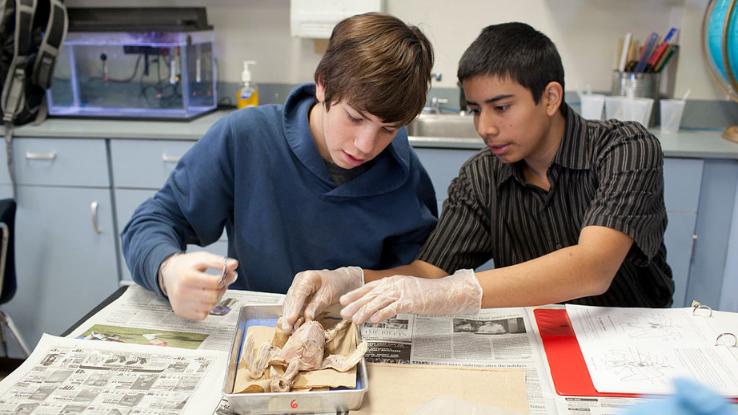
For many of us, seventh and eighth grade science projects were some of the best parts of school. At that age, students are trusted with more advanced scientific concepts and materials than before — things like chemicals and even fire. While experiments with these materials require supervision, of course, they're undeniably exciting and help learners develop a new level of fascination with science.
The science projects in this article are great for a range of ages, too. Younger students will love these experiments — with some supervision. Even if you're a little older than eighth grade, these experiments are still a blast and have real world value. Take a look at these eighth grade science projects that are sure to inspire great ideas and spark your curiosity.
How to Scientifically Make Your Own Bath Bombs
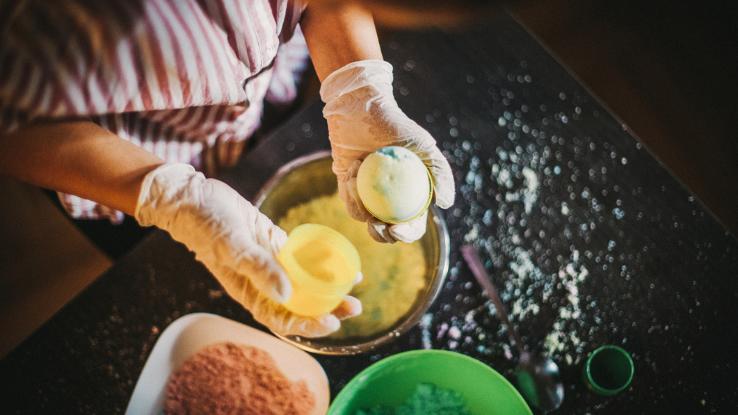
Did you know that you might have most of the ingredients to make bath bombs in your pantry already? Common baking items like vegetable oil, baking soda, cornstarch and food dye are some of the supplies this experiment requires. You may need to purchase other materials, like molds for the bath bombs or different fragrances,, but who's to say you can't make bath bombs using your baking molds in a pinch?
As you add ingredients to create your own bath bombs, you'll notice different chemical reactions happening in your mixing bowl. To add an extra layer of experimentation, you can create different ingredient blends or use different fragrances to see how they react in new ways. Bath bombs also make for great gifts during the holidays and can satisfy your crafty side. This eighth grade science project might inspire you to turn bath bombs into a side hustle that earns passive income.
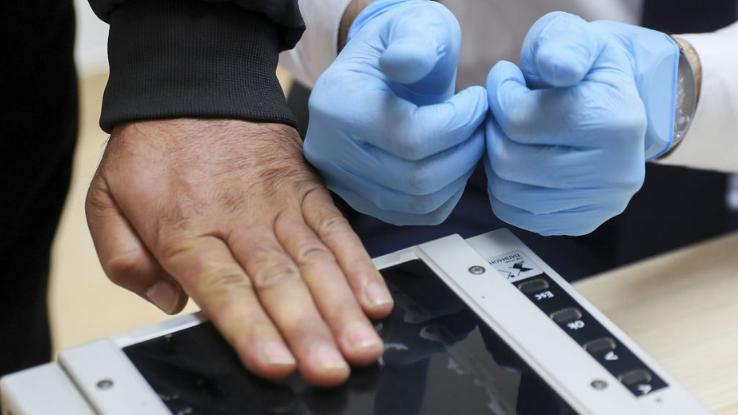
Forensic science has become even more intriguing thanks to shows likeCriminal Minds andLaw and Order. To investigate this field a little deeper, you can make a forensic science project idea come to life. You'll need a small microscope and slides or a magnifying glass and an inkpad for stamping. The main goal with this project is to help you learn that everyone has completely unique fingerprints and see how investigators collect them.
To kick this up a notch and bring crime-fighter intensity to the science project, the microscope can help. If you're a teacher, you can have your students touch a slide; the microscope can clearly help them see just how much fingerprints can vary. Not being able to see the marking on the slide adds an extra layer of fun to this classic experiment.
Run a Home Candy Shop by Controlling Your Temper
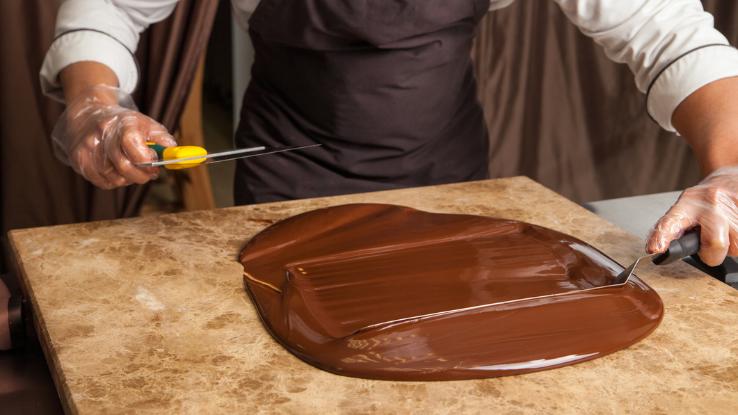
Ever wonder how chocolatiers manipulate chocolate to create amazing goodies? They temper it! To temper something is to manipulate its hardness or elasticity by heating it and then cooling it again, and you can learn about the process by creating crystal structure changes in chocolate by tempering it yourself.
You'll need a stove or microwave and some chocolate for this at-home experiment. Younger students may need some supervision with the stove; the temperature to melt chocolate can be pretty high depending on how much you're looking to melt, too. Have fun melting multiple types of chocolate, like dark and white, and seeing how they temper together. Once you take your first bite, you might find you're not just a chocolatier — you're a scientist!
Create Your Own Fruit Snacks

For a science project that takes less than a day, try making your own fruit snacks. Using a few safe-to-eat chemicals, you can turn fruit juice into a semisolid treat that's thirst-quenching and also a great snack. This experiment helps teach the process of spherification and lets you see how foods with different amounts of natural acid react together.
This is a great science project idea for seventh and eighth graders because at these ages, students are developing a better understanding of how different foods fuel their bodies. It also teaches the different ways foods can undergo safe chemical changes in their molecular structures.
Learn Chemistry and Toxicology With Pepto Bismol
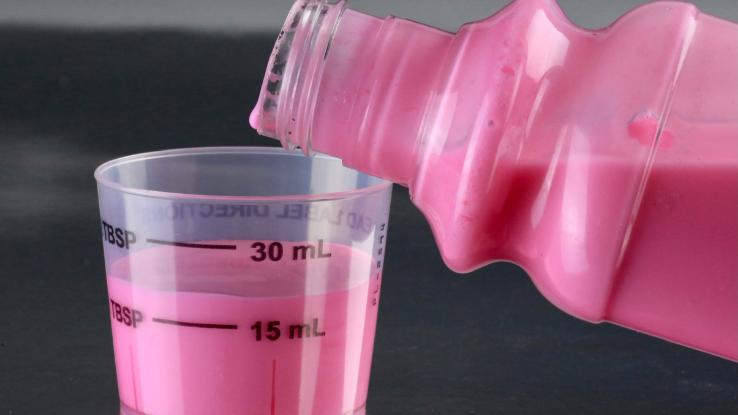
Pepto Bismol is great when you're feeling under the weather, but it can also be used in science projects. For this one, you'll need a pillowcase, tin foil, a grinding tool, a blow torch and the pill version of Pepto Bismol. Throughout the course of the science project, the bismuth in the medicine will go from solid pill form to liquid to solid again, ending the experiment as a colorful metal.
Bismuth, one of the main active ingredients in Pepto Bismol, is an element on the periodic table of elements and is classified as a heavy metal. This eighth grade science project creates space for learners to discover more about the periodic table and to talk about different uses for the elements on the table. It can be surprising to learn this natural metal helps soothe upset stomachs.
Find Out the Quickest Way to Cool a Beverage
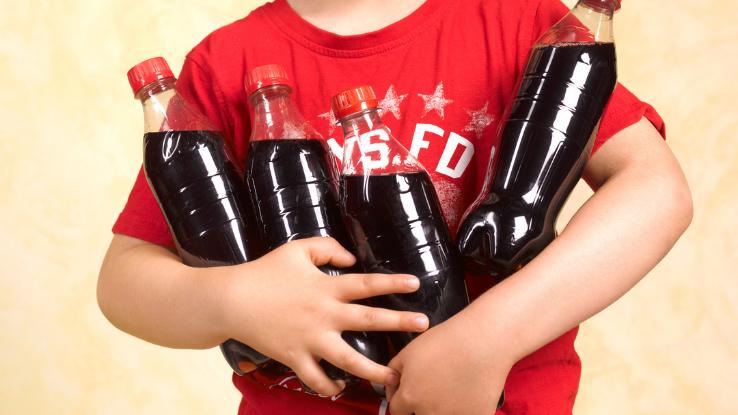
This lowkey experiment really delivers some selfcare. You or your eighth grader can do this science project multiple times a year, and it's something you can get down to an exact science. This experiment helps you learn how to chill down different beverages in different ways, leaving you with a refreshing drink to enjoy afterwards. Have fun creating hypotheses about which cooldown method will be the most effective.
There are many ways to go about this project; one is to experiment with different numbers of ice cubes. You can also see how filling the glass first and putting ice in after compares to starting off with ice in the glass. If you live in an area with snow on the ground for part of the year, you can see how keeping your drink outside affects the temperature. A thermometer is recommended for this one, but you can also use your taste buds to gauge the temperature, too.
Flame On With Rainbow Fire
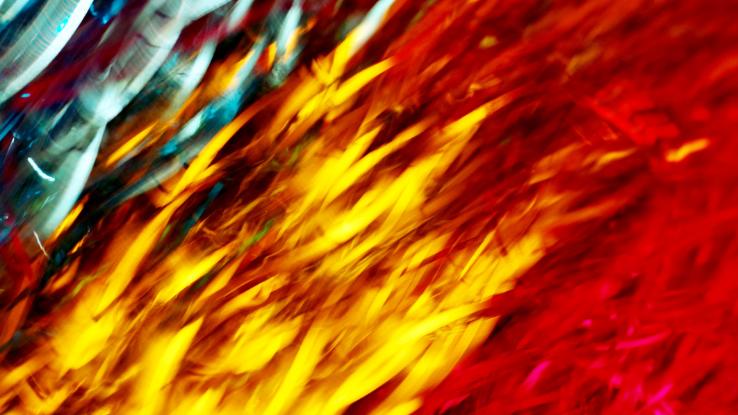
Try this experiment — only with adult supervision — to see how flames can turn various colors when they're exposed to different chemicals. These chemicals burn in a rainbow of colors and at different temperatures, which helps you better understand fire behavior. Not only are you learning which chemical makes which color, you're also getting an introduction to how fireworks are made. Building your own fireworks is a little too advanced, but learning which chemicals make which colors can make for some fun conversation when the next 4th of July rolls around.
Defy Gravity While Standing on a Paper Cup
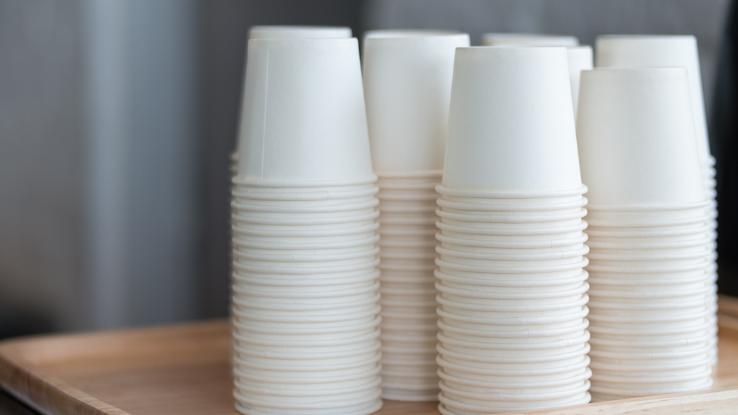
Have you ever tried standing on a paper cup? If you stand on a single cup, it'll compress, but it is possible to do — and this experiment will show you how. All you need to stand on paper cups are a large stack of them and a sheet of cardboard. Set the cups upside down on the ground and place the cardboard over them. It'll take a bit of balance, but standing on the cups atop the cardboard is totally possible! This eighth grade science project is a fun time for people of all ages and is almost the next closest thing to flying.
Source: https://www.reference.com/science/eighth-grade-science-projects?utm_content=params%3Ao%3D740005%26ad%3DdirN%26qo%3DserpIndex&ueid=d15d7898-574e-4e18-9a2d-bbb782c99a20
0 Response to "Life Continues Science Worksheets for 5th Grade"
Post a Comment